New Sans has very water-retentive soil. Should I do anything yet?
Mare TN z7a
8 years ago
Featured Answer
Sort by:Oldest
Comments (6)
Mare TN z7a
8 years agolast modified: 8 years agoRelated Discussions
Container Soils - Water Movement & Retention XV
Comments (155)Hi, rina. I know wood chips are different than bark, but I saw a nursery that was using these mixed with some alder saw dust. In about a year it turned to this incredible black, rich "soil". The guy as the nursery said it breaks down better and more nutritious for the soil and depletes less nitrogen in the process. The wood chips I was seeking are about the size of medium bark in nurseries. In retrospect, I am glad I didn't try that. Works great outdoors, not sure about containers! The black bark is essentially composted evergreen tree bark. I say evergreen because it could be a mix of a number of different types here in the Pacific NW --- hemlock, fir, ceder, spruce, etc. I didn't screen it, it seemed plenty loose initially; small to medium size in comparison to bagged nursery store bark. It would have been o.k. had I added the peat and perlite per the formulas given here. Screening would have left just the larger pieces, but that would be quite a chore for the volume I was using! I repotted some of the plants using the 5:1:1 formula with my black bark and those are doing much, much, better. A gardening friend said "Think of it...bark is like big saw dust. If you pack it down it gets as hard as a board". That is essentially what happened when I used the black bark alone without the the perlite and moss. ;(...See MoreContainer Soils - Water Movement and Retention XI
Comments (150)Hi Al, With all the ingredients in hand, I've started the sifting process and had a few questions. I'm trying to swap out 50 containers worth of soil so I'd prefer to do this in the most efficient way. I am using a 9x9 hardware cloth (.088" openings) to filter the fines. Here are the three ingredients I was able to source: 1) Shasta: Orchid Fir Bark: (1/8" - 1/4") http://shastabark.com/products.htm 2) Turface MVP 3) 1/8" Crushed Granite (Desert Gold) http://www.lyngsogarden.com/index.cfm?event=Display.Home.Product.Group&homeCategory=STONE&categoryid=1094&productgroup=PEBCOB&groupname=Pebbles%252C%2520Cobbles%2520%2526%2520%2520Colored%2520Gravel Questions: 1) It seems like it takes a decent amount of time to screen out the fines for one container. I also have constructed two other screens to be used to filter out the larger particles (a 1/4" for the large fir bark and a 9x9 (.1387") for the larger turface/granite). I'm assuming that at the end of the day it is more important to screen out the fines then to screen out the few larger pieces which may be in the mix. Would this be correct? I'm just trying to save some time and there doesn't seem to be that many larger pieces in the mixes. 2) Do you usually rinse out the mixes before you combine them? Does this help get additional dust/fines out? 3) What do you do with all the fines/dust that you sift out? If you are screening out larger pieces what do you with them? Thanks so much in advance. Your advice and guidance have been invaluable. Best, Kernul1...See MoreContainer Soils - Water Movement & Retention XIV
Comments (164)Thanks for the kind words, B&C. In Mississippi, Memorial day would be a good target date for repotting the fig. Hibiscus need an annual repot. Do that toward the end of March, before it starts growing in earnest. Apple and most deciduous trees should be repotted just before or at the onset of spring budswell. Cactus - ask the cactus experts at the cacti/succulents forum. Desert rose - in Mississippi - June Umbrella plant - June There are ways to mechanically limit the amount of perched water a planting will hold, even if you're using a very water-retentive medium. Eliminating all or most of the perched water allows the grower to use media that would otherwise be or border on the edge of unusable. This outlines ways to cope with heavy (water-retentive) media Another effective way of dealing with media that hold too much water is through the use of ballast. You can read more about that technique here: Ballast ..... For now, checking your planting's moisture level regularly with a 'tell' will make a difference in your plant's appearance and level of vitality. Here's something I wrote about that: Over-watering saps vitality and is one of the most common plant assassins, so learning to avoid it is worth the small effort. Plants make and store their own energy source – photosynthate - (sugar/glucose). Functioning roots need energy to drive their metabolic processes, and in order to get it, they use oxygen to burn (oxidize) their food. From this, we can see that terrestrial plants need air (oxygen) in the soil to drive root function. Many off-the-shelf soils hold too much water and not enough air to support good root health, which is a prerequisite to a healthy plant. Watering in small sips leads to a build-up of dissolved solids (salts) in the soil, which limits a plant's ability to absorb water – so watering in sips simply moves us to the other horn of a dilemma. It creates another problem that requires resolution. Better, would be to simply adopt a soil that drains well enough to allow watering to beyond the saturation point, so we're flushing the soil of accumulating dissolved solids whenever we water; this, w/o the plant being forced to pay a tax in the form of reduced vitality, due to prolong periods of soil saturation. Sometimes, though, that's not a course we can immediately steer, which makes controlling how often we water a very important factor. In many cases, we can judge whether or not a planting needs watering by hefting the pot. This is especially true if the pot is made from light material, like plastic, but doesn't work (as) well when the pot is made from heavier material, like clay, or when the size/weight of the pot precludes grabbing it with one hand to judge its weight and gauge the need for water. Fingers stuck an inch or two into the soil work ok for shallow pots, but not for deep pots. Deep pots might have 3 or more inches of soil that feels totally dry, while the lower several inches of the soil is 100% saturated. Obviously, the lack of oxygen in the root zone situation can wreak havoc with root health and cause the loss of a very notable measure of your plant's potential. Inexpensive watering meters don't even measure moisture levels, they measure electrical conductivity. Clean the tip and insert it into a cup of distilled water and witness the fact it reads 'DRY'. One of the most reliable methods of checking a planting's need for water is using a 'tell'. You can use a bamboo skewer in a pinch, but a wooden dowel rod of about 5/16” (75-85mm) would work better. They usually come 48” (120cm) long and can usually be cut in half and serve as a pair. Sharpen all 4 ends in a pencil sharpener and slightly blunt the tip so it's about the diameter of the head on a straight pin. Push the wooden tell deep into the soil. Don't worry, it won't harm the root system. If the plant is quite root-bound, you might need to try several places until you find one where you can push it all the way to the pot's bottom. Leave it a few seconds, then withdraw it and inspect the tip for moisture. For most plantings, withhold water until the tell comes out dry or nearly so. If you see signs of wilting, adjust the interval between waterings so drought stress isn't a recurring issue. Al...See MoreContainer Soils - Water Movement and Retention XVI
Comments (164)Hi Al and others, I would appreciate advice on saving sick/dying Picea glauca, in pic.1, please. I bought it on post Xmas sale and it was ~50cm tall, looking healthy, with very bushy top. I repotted it without much root cleaning to keep most original soil with fungus, which I read Picea, like other pines, needs. I planted the rootball with old soil into gritty mix, mostly pine bark fines with seramice, with a bit of gravel, see in pic.2 very "gritty" indeed :); trunk is ~1/2" at the bottom). I used a biggish pot to let it grow freely for a year or two. I also cut the top to encourage lower branches growth but it never happened. Water it when the pot feels light, ~ weekly (it is early autumn here in Sydney) by bottom watering in a bucket, then drain well by keeping the pot at ~45 degrees for a while. Use diluted Nitrosol liquid plant food every two weeks. Keep it on sun for 2-3 hrs, then half shade. Despite all my care (or coz of it ? :), the picea never showed any new growth but started developing warning signs for last 2-3 weeks. Those few thin branches started dying. Their stem turns from brown to greyish-green and gets soggy before dying. See in pic 3&4, that branch in front which is dying now, with grey stem. Other branch died a few days ago. Only three normally looking branches are left. But I am afraid they are facing same fate. Anything I can do to rescue my future picea bonsai at all? Thanks and cheers, Sergey...See MoreTiffany, purpleinopp Z8b Opp, AL
8 years agofloorwalker IN zone 5b/6
8 years agoMare TN z7a
8 years ago
Related Stories
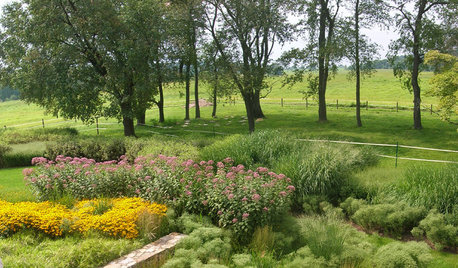
GARDENING GUIDESHow to Stop Worrying and Start Loving Clay Soil
Clay has many more benefits than you might imagine
Full Story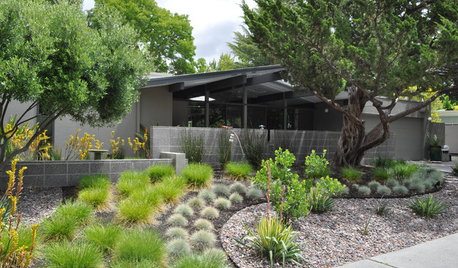
GARDENING GUIDESHow to Pick a Mulch — and Why Your Soil Wants It
There's more to topdressing than shredded wood. Learn about mulch types, costs and design considerations here
Full Story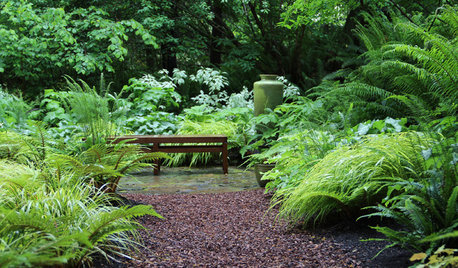
GARDENING GUIDES10 Solutions for Soggy Soil
If a too-wet garden is raining on your parade, try these water-loving plants and other ideas for handling all of that H2O
Full Story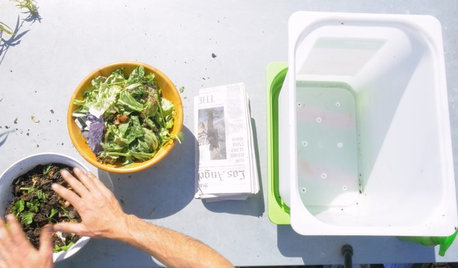
GARDENING GUIDESHouzz TV: Make a Worm Bin for Rich Soil and Happy Plants
A worm-powered compost bin that can fit under a sink turns food scraps into a powerful amendment for your garden. Here’s how to make one
Full Story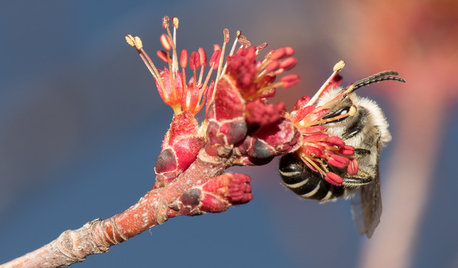
GARDENING GUIDESInvite Cellophane Bees to Your Garden by Providing Patches of Bare Soil
Look for cellophane bees (Colletes) pollinating flowering trees and shrubs in U.S. gardens this spring
Full Story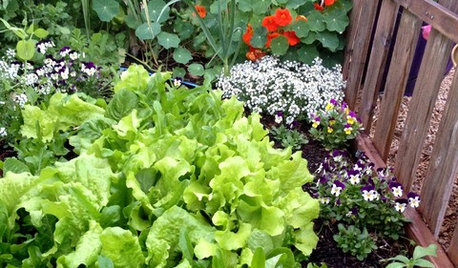
GARDENING GUIDESThe Poop Scoop: Enrich Your Soil With Good Old Manure
Get over the ick factor already — this natural super-ingredient for soil has so many benefits, you'll wonder why you ever went chemical
Full Story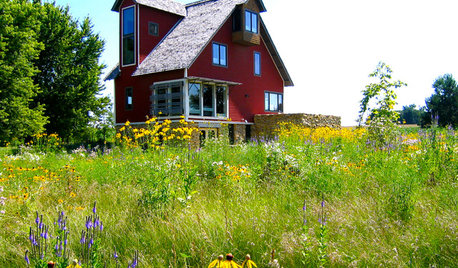
GARDENING GUIDESGardening Solutions for Heavy Clay Soils
What’s a gardener to do with soil that’s easily compacted and has poor drainage? Find out here
Full Story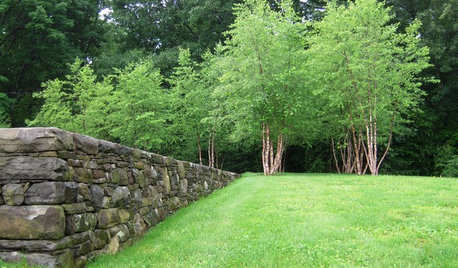
LANDSCAPE DESIGNFlood-Tolerant Native Trees for Soggy Soil
Swampy sites, floodplains, even standing water ... if you've got a soggy landscape, these trees are for you
Full Story
REMODELING GUIDESOne Guy Found a $175,000 Comic in His Wall. What Has Your Home Hidden?
Have you found a treasure, large or small, when remodeling your house? We want to see it!
Full Story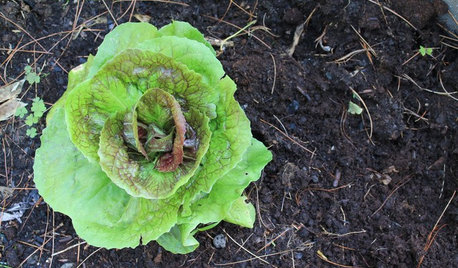
FARM YOUR YARDHow to Get Good Soil for Your Edible Garden
The nutrients in your soil feed the plants that feed you. Here are tips on getting it right — just in time for planting season
Full Story


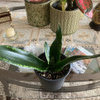

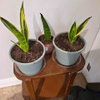
woodnative